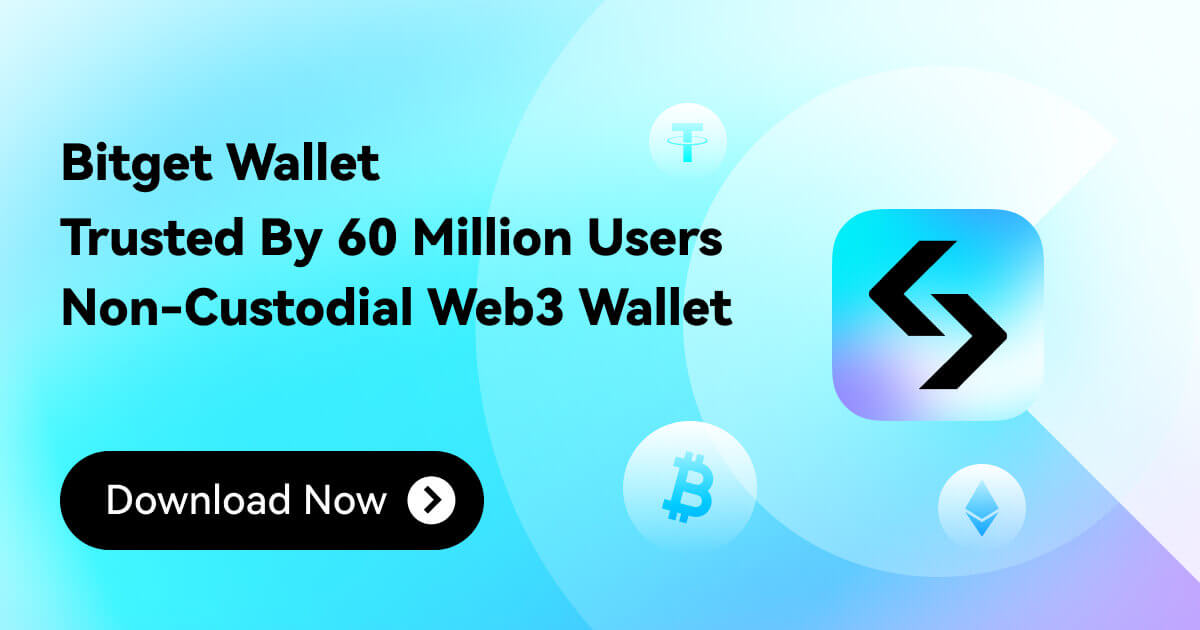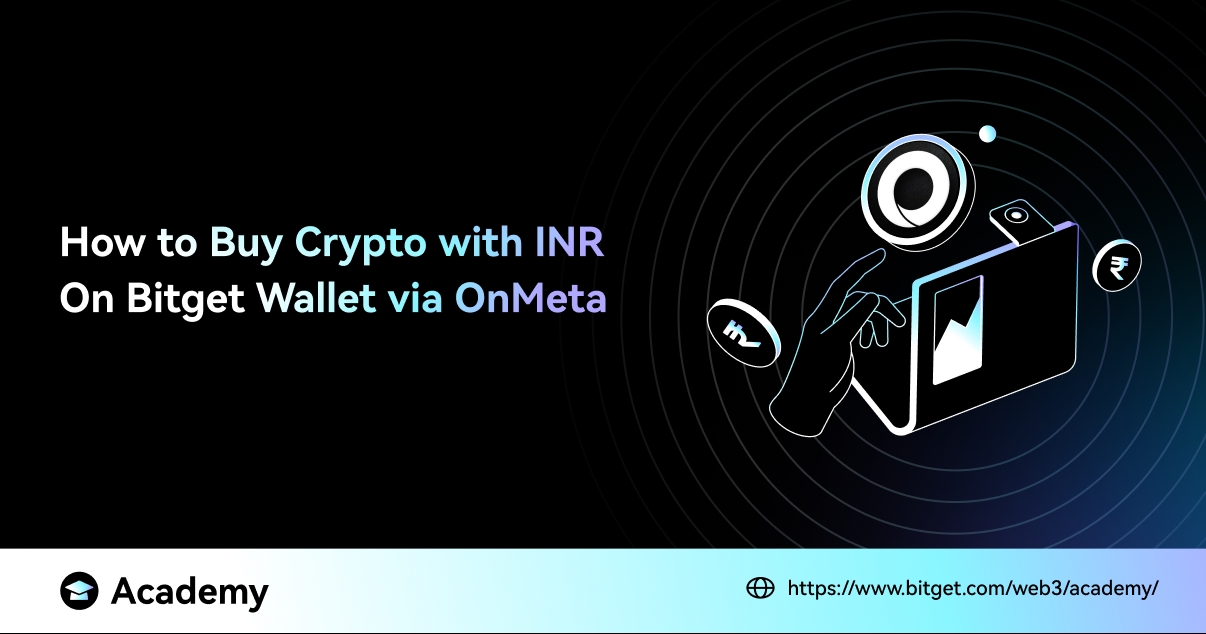What are NFTs: From Digital Art to Virtual Real Estate

The digital revolution continues to reshape industries at a rapid pace, and one of the most buzzworthy technologies in recent years is the rise of Non-Fungible Tokens (NFTs). For those just stepping into this new frontier, NFTs can seem complex and mysterious. However, with a bit of exploration, they reveal an exciting world of possibilities, from digital art ownership to virtual real estate. This beginner’s guide will break down what NFTs are, how they work, and their various applications.
What is an NFT?
At its core, an NFT is a type of digital asset that represents ownership or proof of authenticity of a unique item or piece of content, stored on a blockchain. Blockchain is a decentralized, secure ledger technology, most commonly associated with cryptocurrencies like Bitcoin or Ethereum. Unlike cryptocurrencies, which are fungible (meaning each unit is identical and can be exchanged for another), NFTs are non-fungible, meaning they are unique and cannot be replaced or exchanged for an identical asset.
An NFT can represent a wide variety of digital or physical assets, including digital art, music, video clips, virtual real estate, collectibles, and even tweets. The key aspect that makes NFTs valuable is their uniqueness and the verifiable ownership provided by blockchain technology.
How Do NFTs Work?
NFTs are typically built on Ethereum, although other blockchains such as Binance Smart Chain and Flow also support them. The NFT itself is essentially a smart contract — a piece of code that self-executes when certain conditions are met. These smart contracts contain all the metadata associated with the digital asset, including ownership details, transaction history, and any embedded royalties for future sales.
To buy, sell, or trade an NFT, a user must use a cryptocurrency wallet that supports NFTs, such as Bitget Wallet. Transactions involving NFTs usually happen in marketplaces like OpenSea, Rarible, or Foundation. The process is relatively simple: you either create (mint) an NFT or buy one. Once the transaction is completed, the blockchain updates to reflect the new ownership of the token.
NFTs in Digital Art
One of the earliest and most widespread uses of NFTs has been in the realm of digital art. Before NFTs, digital art faced a major challenge: how to prove authenticity and ownership of a digital file that could be easily copied and distributed online. NFTs solved this by attaching ownership to a unique token on the blockchain, providing verifiable proof that someone owns the "original" digital artwork, even if copies are distributed elsewhere.
Some of the most famous examples of NFT digital art include Beeple’s "Everydays: The First 5000 Days," which sold for $69 million at Christie’s auction house, and CryptoPunks, which are pixelated images of characters that became some of the earliest and most valuable NFTs in the digital art scene.
For artists, NFTs present a groundbreaking way to sell their work and monetize their creativity directly, without relying on traditional galleries or intermediaries. Moreover, many NFT platforms allow artists to receive royalties each time their work is resold, providing an ongoing income stream that was previously unattainable.
NFTs in Music and Entertainment
Musicians and entertainers are also tapping into NFTs to connect with fans in new ways. Artists can release exclusive albums, singles, or memorabilia as NFTs, offering fans a chance to own rare digital assets. Kings of Leon, for example, became the first band to release an album as an NFT, offering special perks like front-row concert tickets as part of the package.
NFTs also enable creators to sell unique experiences, such as backstage passes, virtual meet-and-greets, or limited-edition concert memorabilia, all securely tracked via blockchain.
Virtual Real Estate: NFTs in the Metaverse
Beyond art and entertainment, one of the most intriguing applications of NFTs is in virtual real estate, particularly in the burgeoning concept of the metaverse — a collective virtual shared space. In the metaverse, users can purchase, own, and trade parcels of virtual land, much like real-world real estate. This land can then be used for building virtual homes, businesses, art galleries, or even event spaces.
Platforms like Decentraland (MANA), The Sandbox (SAND), and Cryptovoxels allow users to buy, sell, and develop virtual real estate using NFTs. Each plot of land is represented as an NFT, meaning its ownership is verified on the blockchain. Like physical real estate, the value of virtual land can increase based on location, size, and scarcity.
Virtual real estate has grown into a lucrative market, with some parcels selling for millions of dollars. For instance, in 2021, a plot of virtual land in Decentraland was sold for over $900,000, highlighting how NFTs are blurring the lines between digital and physical economies.
Why Are NFTs Valuable?
The value of an NFT lies in its rarity, authenticity, and the digital ownership it confers. When it comes to digital art or collectibles, the idea of owning a "one-of-a-kind" item, even in digital form, is appealing to many buyers. In the case of virtual real estate, the potential to create or monetize a space within a growing digital world adds another layer of value.
NFTs also carry speculative value. Much like cryptocurrency, the market for NFTs can be volatile, with prices rising and falling dramatically based on demand, trends, and even hype. Investors often purchase NFTs with the hope that their value will increase over time, offering a significant return on investment.
Criticism and Challenges of NFTs
Despite the excitement surrounding NFTs, they are not without their controversies. One of the primary criticisms is their environmental impact, as the blockchain networks used to mint and trade NFTs, especially Ethereum, are energy-intensive. Some platforms and artists are seeking eco-friendly alternatives, like Ethereum's shift to a Proof of Stake (PoS) consensus, which promises to be less energy-intensive.
Another concern is the speculative nature of the NFT market. With prices soaring for certain NFTs, some fear it could resemble a bubble, where values might crash, leaving buyers with potentially worthless assets.
NFTs are here to stay
NFTs are more than just a fleeting trend; they represent a new paradigm in digital ownership and asset management. Whether in art, music, or virtual real estate, NFTs are unlocking new possibilities for creators, collectors, and investors alike. While the landscape is still evolving, the technology behind NFTs shows promise for reshaping how we think about ownership, creativity, and commerce in the digital age.
As a beginner, understanding the basics of NFTs is the first step in navigating this exciting, albeit complex, new world. Whether you're looking to invest, create, or simply explore, NFTs are opening up vast digital frontiers worth exploring.
Explore NFTs with Bitget Wallet today. Experience its comprehensive features including wallet management, Swap capabilities, an NFT Market, DApp Browser and Launchpad functionalities.
Bitget Wallet supports over 100 public chains, offering optimal trading prices aggregated from leading DEXes and NFT markets. Seamlessly interact with decentralized applications and digital assets to capitalize on the opportunities presented by the Web3 ecosystem. Embrace decentralization with confidence by joining Bitget Wallet now and accessing a robust suite of tools for navigating the decentralized world.
- What Is a Public Sale in Crypto? A Beginner’s Guide to Token Sales2025-03-23 | 5 mins
- How to Buy Crypto with INR on Bitget Wallet via OnMeta2025-03-12 | 2 mins


















